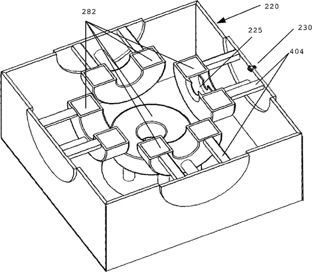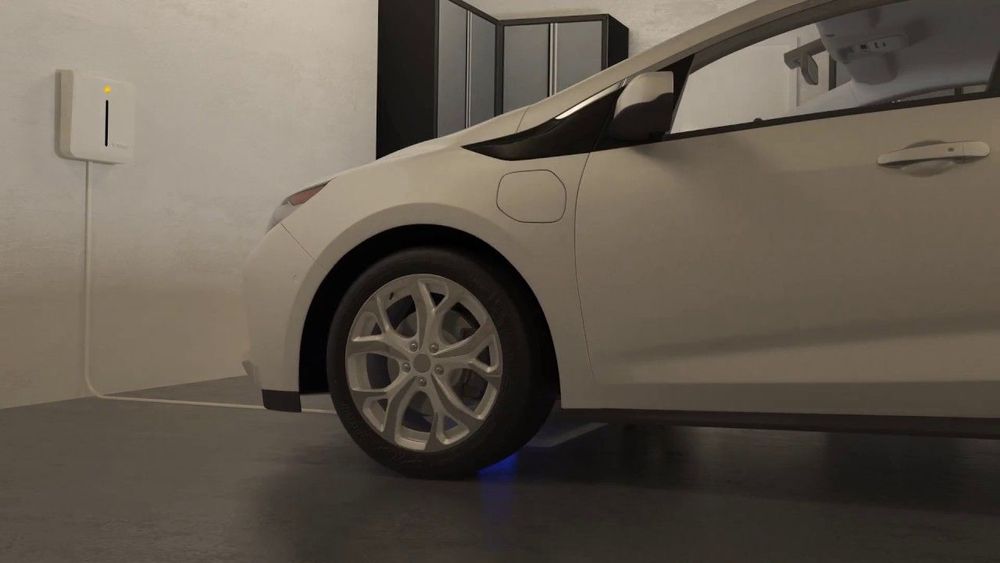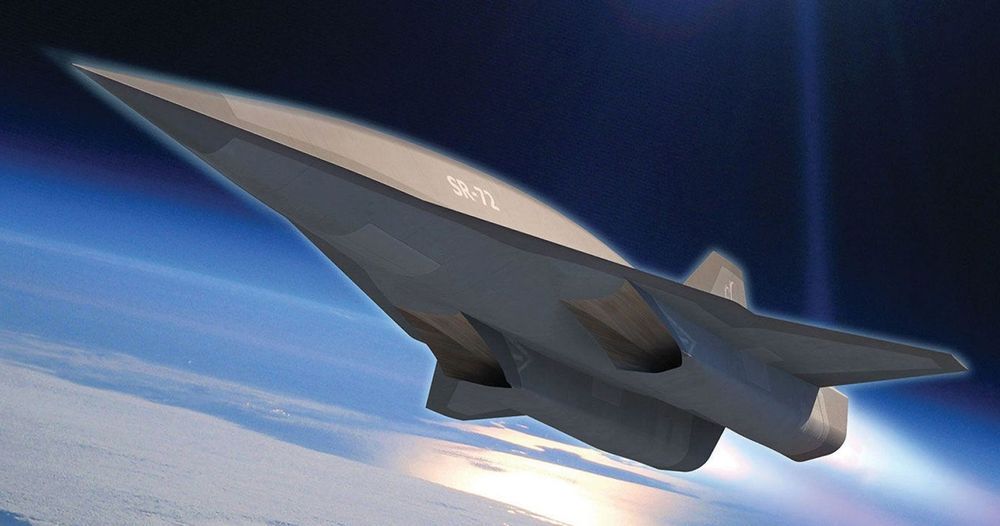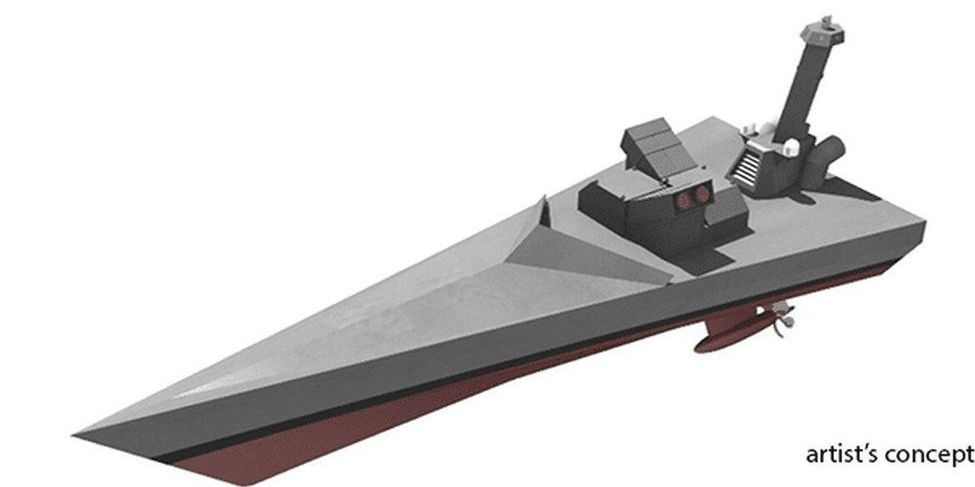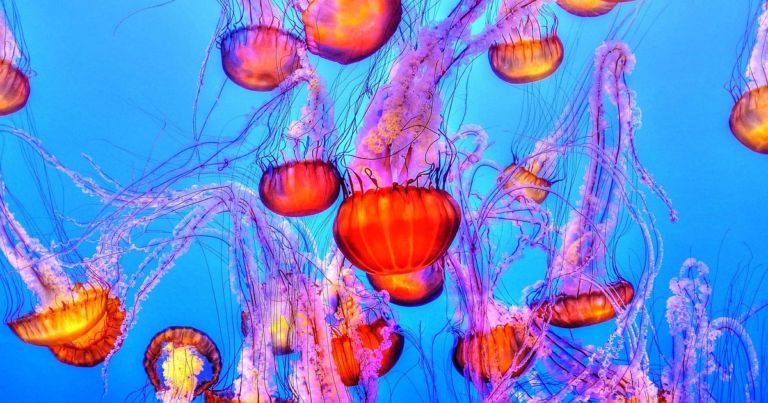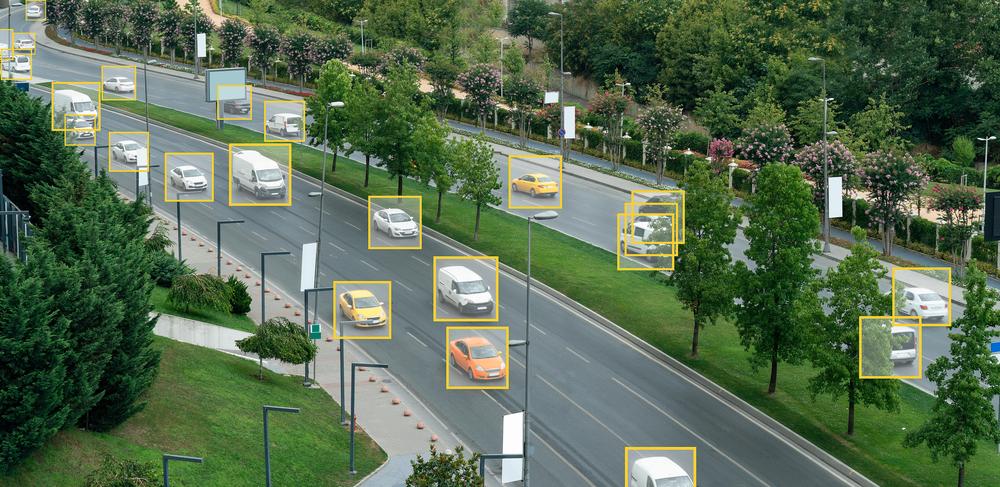May 10, 2020
A Polywell Fusion Reactor Designed for Net Power Generation
Posted by Quinn Sena in category: nuclear energy
Circa 2017
A brief history of Polywell progress is recounted. The present PIC simulation explains why the most recent Polywell fusion reactor failed to produce fusion energy. Synchronized variations of multiple parameters would require DC power supplies, not available in historic model testing. Even with DC power, the simulation showed that the trapping of cold electrons would ruin plasma stability during start-up. A theoretical solution to this trapping problem was found in Russian literature describing diocotron-pumping of electrons out of a plasma trap at Kharkov Institute. In Polywell, diocotron-pumping required matching the depth of the potential-well to the electron-beam current falling on a special aperture installed in one of the electromagnets. With diocotron-pumping the reactor was simulated to reach steady-state, maximum-power operation in a few milliseconds of simulated time. These improvements, validated in simulating small-scale DD reactors, were scaled up by a factor of 30 to simulate a large, net-power reactor burning p + 11 B fuel. Power-balance was estimated from a textbook formula for fusion power density by numerically integrating the power density. Unity power-balance required the size of the p + 11 B reactor to be somewhat larger than ITER.
